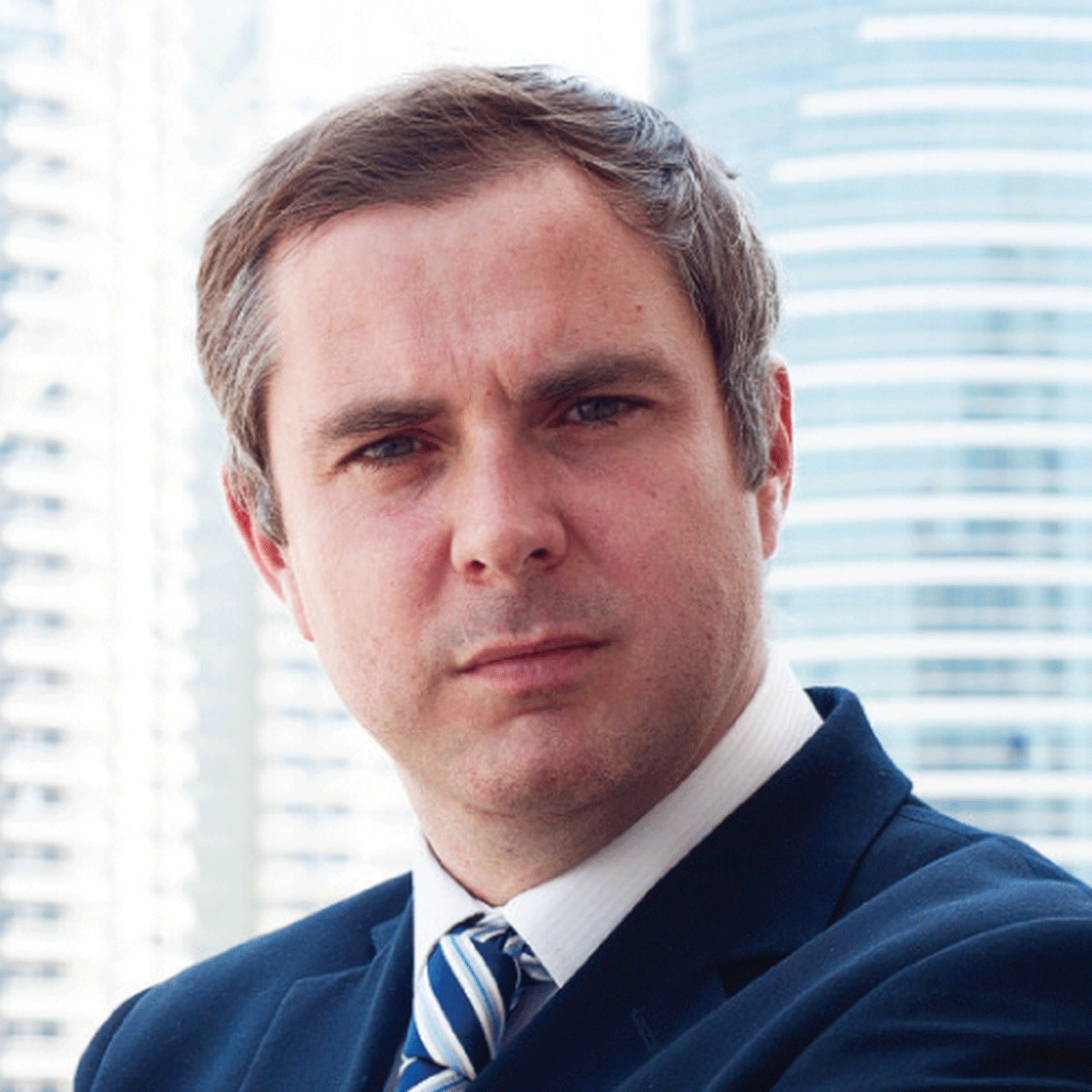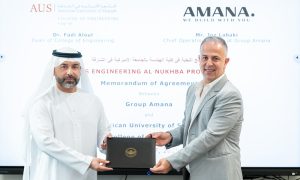The Underwritten Rules of Financing
Raising finance for new machinery has become a thorny and time consuming issue in the Middle East. This is especially true in the areas worst hit by the downturn – and especially true in the UAE. Once upon a time, raising finance in the country was a very fluid situation flowing on high liquidity and […]

Raising finance for new machinery has become a thorny and time consuming issue in the Middle East. This is especially true in the areas worst hit by the downturn – and especially true in the UAE.
Once upon a time, raising finance in the country was a very fluid situation flowing on high liquidity and considerable confidence in its banking sector. In fact, pre-2008 it was fairly straightforward. Go into a bank, present your business plan, show some figures and leave with a tidy amount of capital tucked under your company’s arm.
However the loss of confidence in the heavy machinery sector has meant banks have come increasingly reluctant to lend, especially to the relatively high-risk, contract-driven small and medium enterprise sector.
Emirates Money, a consumer finance company and wholly owned subsidiary of Emirates NBD Group used to lend money for investment in heavy machinery but has now put that on ice, preferring to target the commercial vehicles sector instead.Unsurprising perhaps as the market for commercial vehicles in the UAE will continue to witness double digit growth in 2012,building on the 15 per cent growth in 2011.
Turning away from machinery
Emirates Money currently caters to approximately 30% of the UAE commercial vehicles market, which grew by 15% through 2011. The move away from heavy machinery is unlikely to be regretted. Vipul Malhan – Head Commercial Vehicle Finance, said “Emirates Money offers a wide range of financing options for commercial vehicles at extremely competitive interest rates and down payment for both new and used commercial vehicles.
“Our loan evaluation criterion is unique and evaluates the customer’s loan repayment capacity, asset risk and contract risk when evaluating any loan proposal. Emirates Money gives the right credit to the deserving customers ensuring that the customers are not overleveraged.”
While it is true that some banks have become increasingly conservative the Abu Dhabi Commercial Bank’s SME division says cash is still available to company’s interested in expanding their equipment. As part of its offering the ADCB Construction Equipment Loan is a financing facility that offers funding up to 90% of the equipment cost at competitive rates, which it promises has “simple documentation and a quick turnaround time”.
The gap in lending has opened up an opportunity for other parties to enter the financing fray, and a handful of other companies have started up, including Megafin Capital (Al Reem is also rumoured to be starting up a lending operation), but it’s a tentative step back into providing liquidity in what is still a vulnerable financial market.
The situation is not helped by relatively low levels of regulation. The market is still held back by a lack of the kind of recognised credit scoring and risk assessment system behind the scenes.
One bank admitted to CMME, that while it will examine financial reports and audits, its most secure way of assessing the risk of lending is to ask around its network and talk to rival companies and suppliers. The situation is different in the neighbouring countries, especially in Oman where, as one manufacturer representative put it, “there is a habit of lending and regulation.”
Oman has arguably the most sophisticated approach to evaluating the risk of lending and the clearest system for companies taking on a loan in the GCC. It is also a state where individuals may take on equipment as an investment to lease out for work. The government has also been actively encouraging SMEs to take on equipment while strengthening and expanding the role of financial institutions to provide loans to SMEs with favourable conditions in terms of the grace period and guarantees.
With Saudi Arabia currently the most active country in the GCC in terms of construction it is also looking to how it expands equipment ownership while protecting those providing loans. The Saudi Credit Bureau (SIMAH), a fledging credit bureau offering consumer and commercial credit information services to respective members in the Kingdom. There is hope that it will provide a framework for capital investment.
Beyond the banks, contractors and plant managers are turning increasingly towards OEMs and dealers for finance. While this is in the very early stages in this region, there are options out there.
Perhaps the best established OEM-backed financing service in the Gulf is Cat Financial. Established in 2007, Caterpillar Financial Services (Dubai) Limited’s purpose “is to develop financing solutions to support the sale of Cat equipment” in the Middle East and Africa. Cat Financial Dubai is a subsidiary of Caterpillar Financial Services Corporation, itself a wholly owned subsidiary of Caterpillar Inc. Today Cat Financial has a global managed portfolio of $27 billion and covers over 40 countries worldwide.
Cat Financial is focused on supporting Caterpillar customers through good times and bad,” says Richard Kinsey, Cat Financial Sales and Marketing Manager for the Middle East “Cat Financial underwrites asset-backed loans and provides alternative funding sources for customers versus existing banks or lenders,” Kinsey explains. “And concentrating upon construction customers, we understand the markets in which they operate.”
The Dubai operation continues to evolve, in a marketplace that has changed considerably in the past five years, but Kinsey says that it has experienced growth and continued to develop throughout the period.
“The business has grown in that time,” he says. “We are here to develop financial service solutions for our customers and dealers. As we have developed our business model, we work with large fleet deals down to one or two machine transactions, and support SME’s in a market that has limited appetite for this sector. Our role is to help these smaller customers grow and succeed and become the large fleet operators of the future.”
He adds: “We’re here to support the sale of Cat construction equipment, which is not a bank’s prime reason to be. Our customers are increasingly looking at options to spread their costs in order to optimize their equipment lifecycle cost, which is where Cat Financial can assist. ”




















